Employers tend to feel like they have to offer a 401(k) retirement plan. But many organizations, particularly smaller ones, run into trouble with complex rules for discrimination testing. If all of this sounds familiar, you might consider adding a safe harbor feature to your 401(k). A safe harbor 401(k) plan automatically satisfies the nondiscrimination testing rules by satisfying certain contribution, vesting and notice requirements. Safe harbor 401(k)s differ from traditional 401(k)s in ways that are attractive to both employers and employees.
Key differences
So what are the differences between safe harbor and traditional 401(k) plans? First, the nondiscrimination testing that’s required for traditional 401(k)s isn’t required for safe harbor 401(k)s. This can be enticing to small employers because it allows for maximum deferrals by and contributions to owners and highly compensated employees without having to worry about actual deferral percentage (ADP) and actual contribution percentage (ACP) testing — or correcting testing failures. Second, and attractive to rank-and-file employees, is that, unlike traditional 401(k)s, safe harbor 401(k)s require plan sponsors to make a safe harbor contribution, in one of the following forms: Matching contribution. This is 100% of the amount of the participant’s elective deferrals up to 3% of the participant’s compensation, plus 50% of the amount of the participant’s elective deferrals between 3% and 5% of the participant’s compensation.
Nonelective contribution
This must be a minimum of 3% of the employee’s compensation and goes to all eligible participants, whether or not the employees are electing to make deferrals themselves. Whichever option the employer chooses, the safe harbor employer contribution is immediately 100% fully vested. This benefit can encourage employee participation in the plan and help retain current employees and attract new ones.
Exploring further
Consider this a brief introduction to the concept of safe harbor 401(k)s. If you’re interested, our firm can help you explore the details further and assess whether one is right for your organization. Contact Diane Nesbit for more information on how Larson & Company can assist your 401(k) plan. © 2017



.png)



